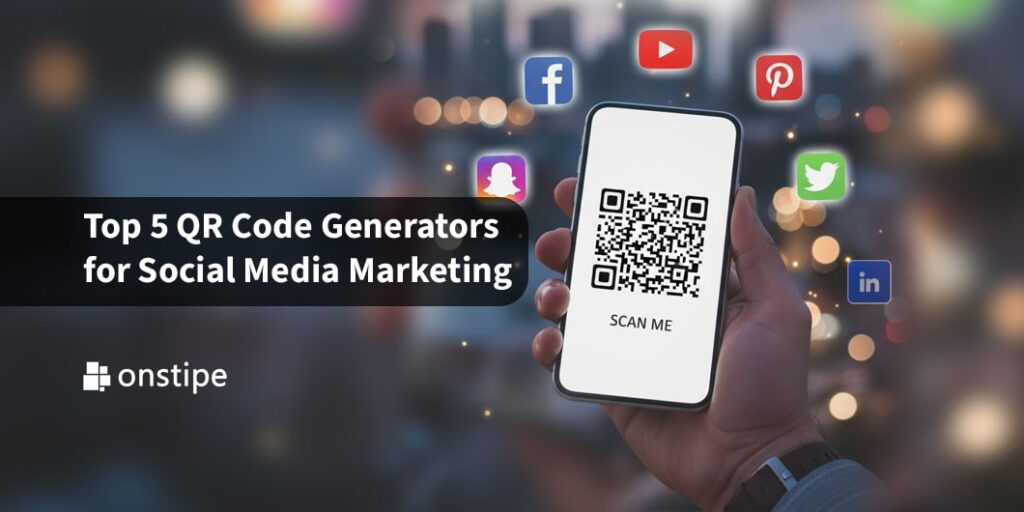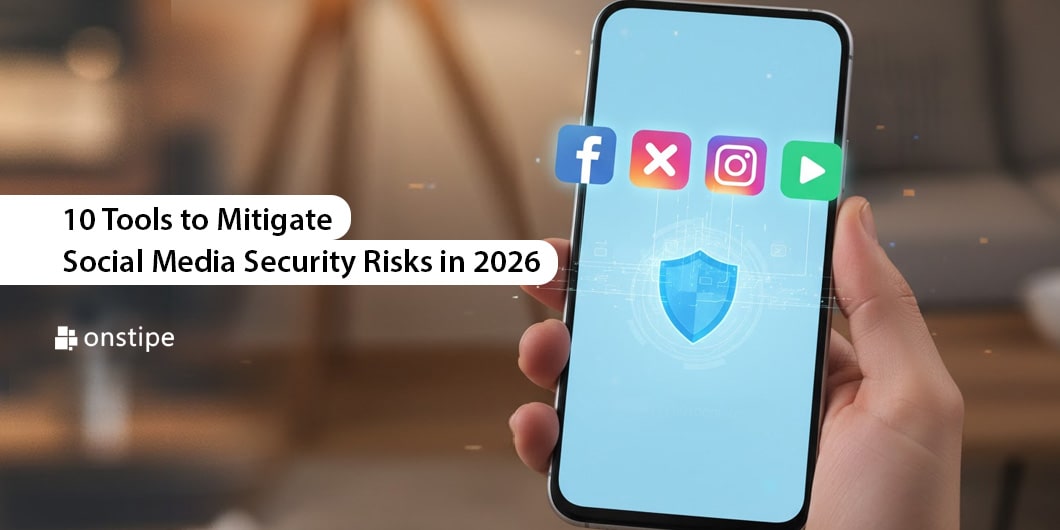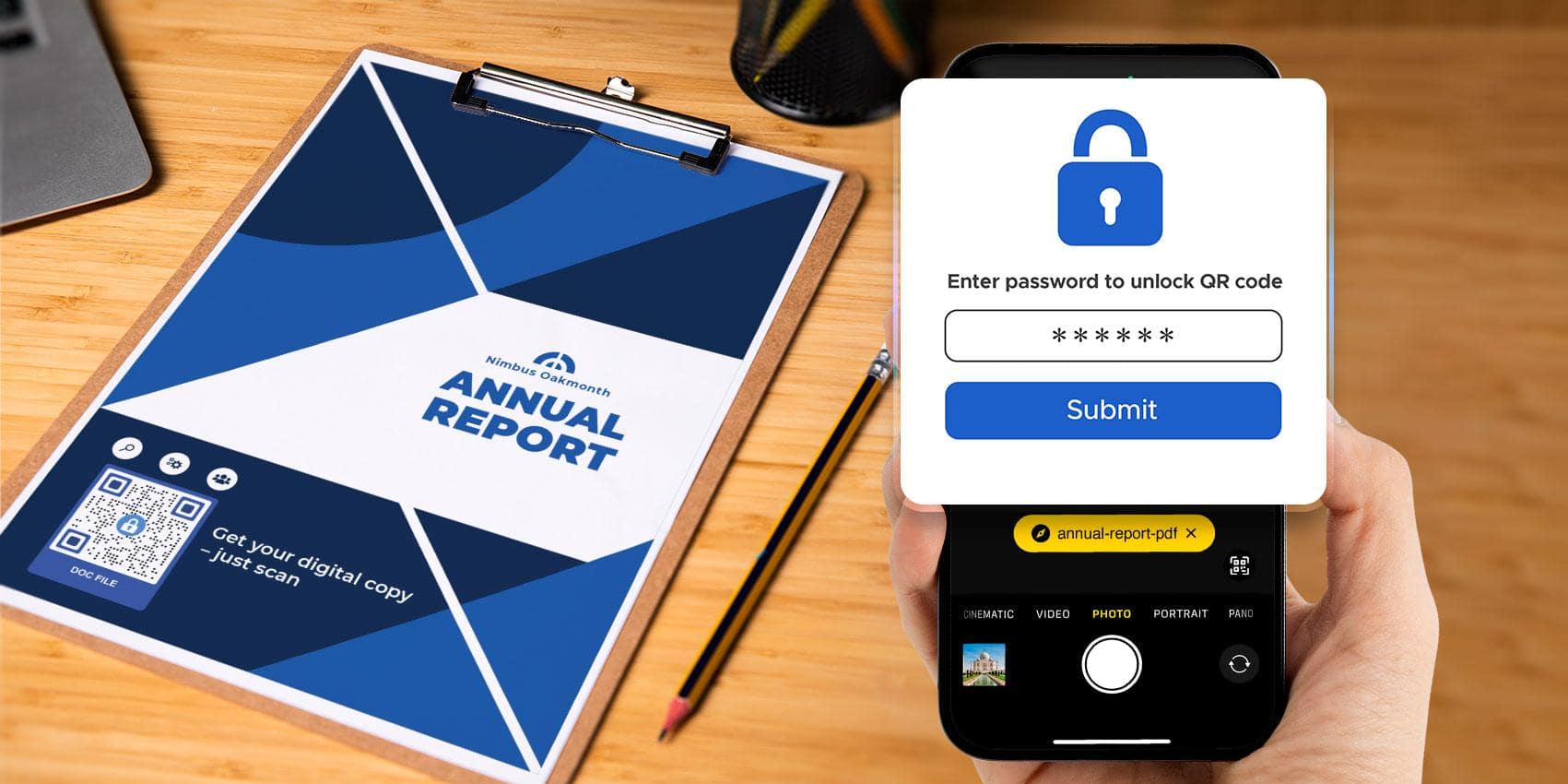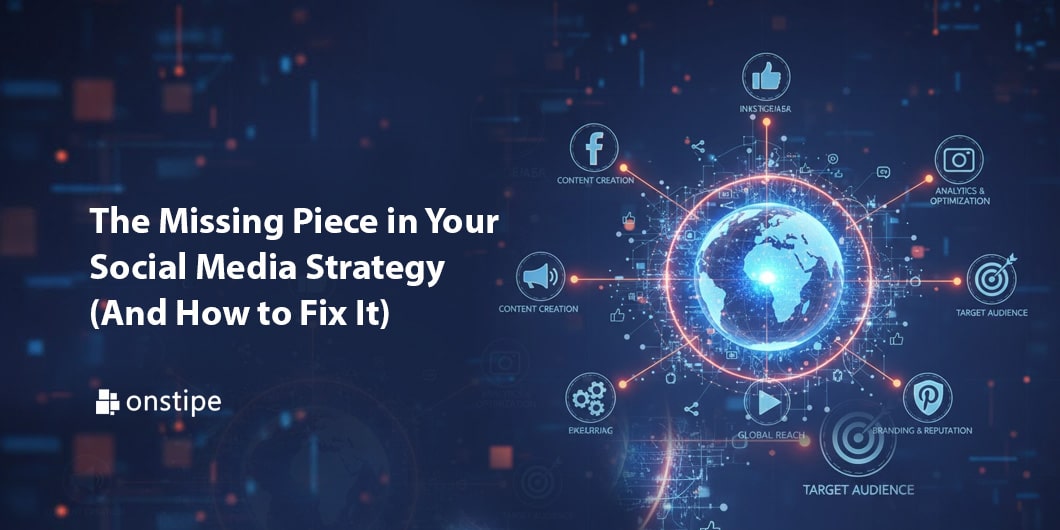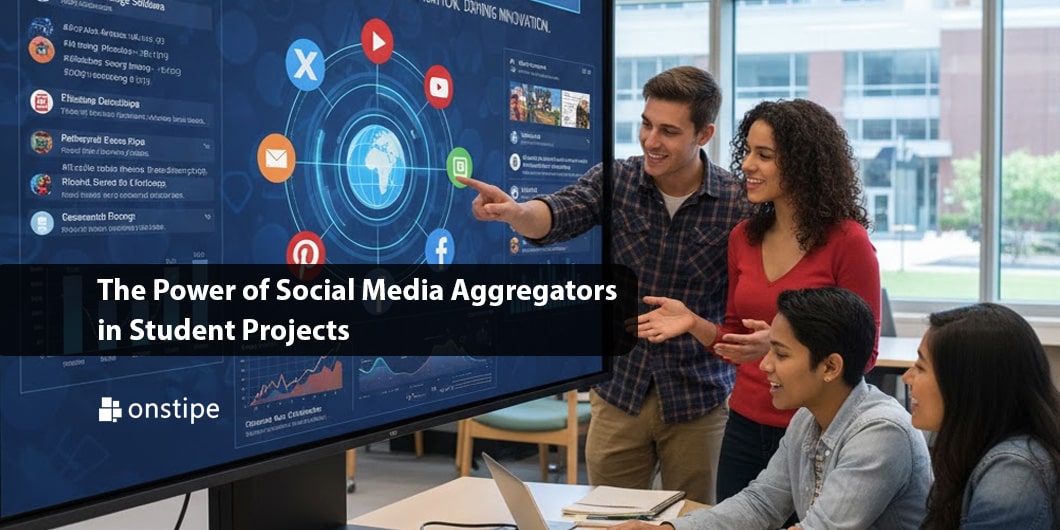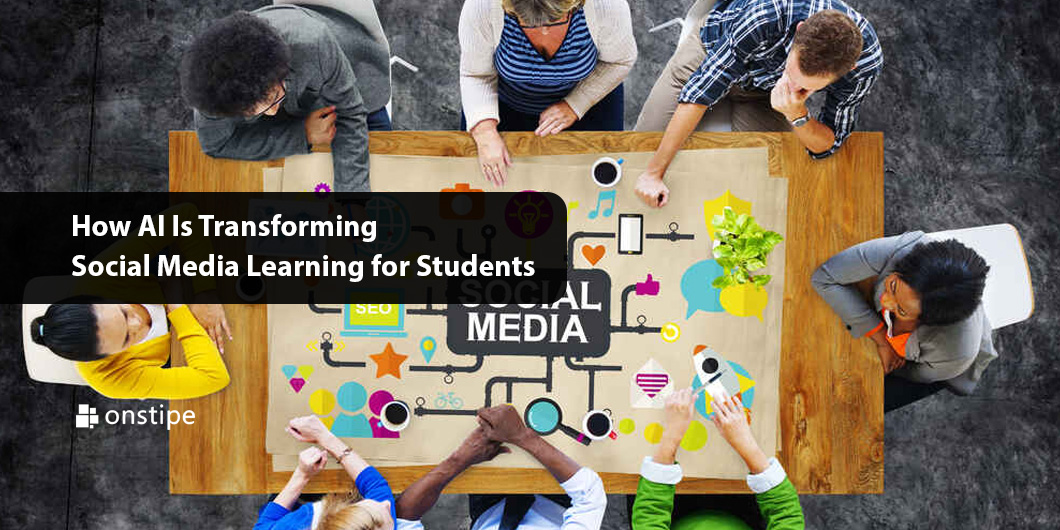Social media moves fast — every second is a chance to connect or disappear. With tools like a trackable QR code, brands and creators can guide people straight from the real world to digital spaces: Instagram profiles, campaign pages, videos, or direct chats. It’s a bridge between what people see offline and what they choose to follow online.
QR codes have quietly become the handshake between print and digital marketing. For small brands, influencers, or agencies, the right QR code generator can make a campaign smoother, smarter, and easier to measure. Instead of hoping a link gets clicked, a quick scan tells the story in real time — who, where, and how often people engage.
How QR Codes Are Changing Social Media Campaigns
Social media marketing thrives on moments — quick, shareable, visual. QR codes fit right in because they’re instant. They let you create QR code campaigns that connect a flyer, a product tag, or even packaging directly to your feed or landing page.
A free QR code generator now does more than print static codes. It helps brands manage data, run A/B tests, and watch engagement grow through analytics dashboards. For influencers and marketers who need to know what’s working, that’s a quiet revolution.
Below are a few platforms that make it easier to design, measure, and adjust campaigns that live both online and off.
Platforms That Bring Social and Data Together
When every scan counts, the right tool can make all the difference. The platforms below show how small design choices and smart data tools can help marketers run QR-based campaigns that actually talk back.
ME-QR
ME-QR is an international platform for generating, managing, and analyzing QR codes. It’s built for brands that want control without complexity — from freelancers running campaigns to agencies managing dozens at once. Users can update links anytime, track engagement by time and device, and connect codes across different social networks.
Its features include dynamic QR codes, scan analytics, and flexible branding with logos and custom colors. The platform also supports API connections for teams that want QR data inside their own reporting tools. With an interface available in 28 languages and users worldwide, ME-QR keeps things clear and accessible even for small marketing teams.
Some people wish it had more flashy design templates, but its strength is reliability and simplicity — two things that social marketers rely on when campaigns move fast.
QR Planet
QR Planet focuses on campaign management and team collaboration. It’s popular among small businesses that need to keep multiple QR projects organized, especially across social media and events.
Its system lets users track where scans come from and group campaigns by platform — for example, comparing Facebook to TikTok performance. It’s an online QR code generator that turns raw data into simple insights.
Design flexibility is decent, but heavy branding options are limited on lower tiers. Still, it’s a steady, useful tool for marketers who value clear numbers over cluttered dashboards.
Pageloot
Pageloot is known for being intuitive and visually friendly. Many small teams use it to make QR code campaigns for Instagram stories, YouTube links, and product packaging that ties back to social media.
It helps users add custom shapes, colors, and tracking links, blending QR codes into a brand’s aesthetic. For content creators, this balance of design and analytics feels natural — everything looks nice, but the data is still there when needed.
Its higher-end analytics tools are available only on paid plans, yet the base version covers enough for most small campaigns. It’s ideal for people who care about looks as much as function.
Unitag
Unitag blends simplicity and creative control. It’s a QR code generator free online that appeals to designers and small businesses who want something that looks professional without feeling stiff.
The editor offers color gradients, frames, and easy ways to add logos or calls to action. Social media managers appreciate how codes can match campaign visuals rather than clash with them.
On the flip side, the analytics dashboard is more limited than some newer platforms, focusing on basic scan counts instead of deep behavioral data. But for straightforward visual campaigns, it’s a pleasant and reliable choice.
Bitly
Bitly’s strength is connection. Known for link shortening, it also includes a QR code maker that ties directly into its analytics. That means you can see scan data and click data together — perfect for social campaigns that run both offline and online.
Many marketers use it to:
- Combine QR and short-link tracking in one place.
- Monitor cross-platform engagement without switching tools.
- Share scannable links on printed posters or event booths that link straight to social pages.
Design customization is basic, and more advanced branding requires a paid account, but for anyone already using Bitly’s ecosystem, adding QR codes is effortless.
When Every Scan Becomes a Connection
QR codes are the simplest part of a marketing toolkit, but maybe also the most personal. A scan means someone paused, noticed, and wanted to know more. That’s powerful.
The newest QR generator platforms make that connection easier to follow. With a few clicks, brands can create QR code free campaigns, watch engagement in real time, and learn what content people respond to. What used to take days of guesswork now happens instantly — no more wondering if that flyer worked or if the promo on packaging got attention.
ME-QR and other modern platforms show how small businesses and marketers can use technology without feeling buried in it. They mix automation with a human touch, letting creators focus on connection instead of logistics. The QRcode generator has come a long way from being a simple link — it’s now part of how stories move between screens and people.
And maybe that’s the best kind of marketing: the kind that starts with curiosity and turns into a conversation.

